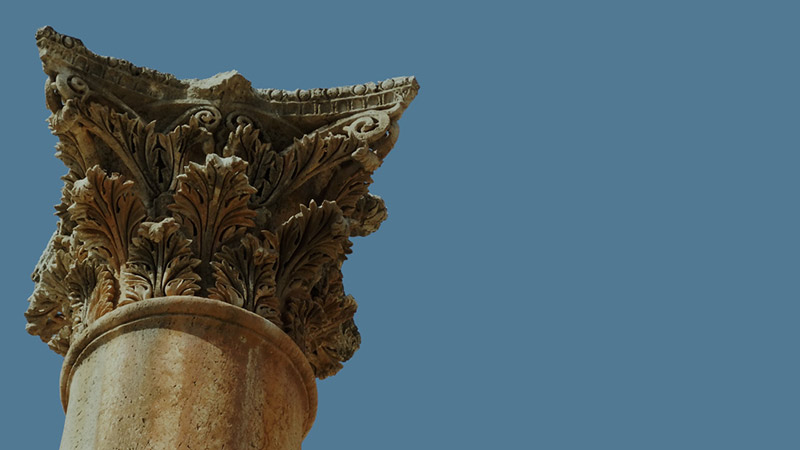Select Marker to See Location Name
You Searched "cast out demons into herd of pigs"
-
Volume 12
Lesson 12.3 | Help Is Here
-
Volume 12
Lesson 12.5 | They Were Not Wandering
- LOAD MORE
- SHOW ALL
Updating...
Volume 12 |
Lesson 12.3 | Help Is Here |
Volume 12 |
Lesson 12.5 | They Were Not Wandering |
Showing 12 of 190

GezerTravel to Gezer, and learn what it means to stand at the Crossroads.Gezer is one of the greatest tels in Israel. To stand on this magnificent tel is to stand on a part of history that existed as many as 3,000 years before our Messiah walked t...
MORE
The SoreqThe Soreq was a five-foot-tall stone wall that surrounded the inner courts of the consecrated temple area and was designed to keep Gentiles and other "unacceptable" people out of the inner courts. Gentiles could not pass the Sor...
MORE
Sacred StonesLong before the Israelites entered Canaan, pagans in the Middle East erected sacred stones to honor their gods, to declare covenants and treaties between cities, or to honor an important event that could only be explained by the super...
MORE
This photograph is taken from Mount Arbel on the western shore of the Sea of Galilee near Tiberias. The hilltop where Susita (Hippos) was located is clearly visible on the eastern shore. Towering over the Sea of Galilee, Susita is connected to the...
MORE
Local elders governed the synagogue as a kind of democracy. While all adult members of the community could belong to the synagogue, only adult males age 13 or older could be elders.A local caretaker called the hazzan (sometimes called "ruler&...
MORE
This spectacular mosaic floor from a synagogue built in the second or third century was found at the oasis of En Gedi along the Dead Sea. The synagogue hall shown here is 45 feet long and about 30 feet wide. It follows the synagogue style found in...
MORE
The remains of this synagogue, one of the oldest found in Israel, are outlined in this photograph. It apparently functioned as a community center because no specifically religious artifacts were found in it. However, the mikveh (ritual bath) uncov...
MORE
Korazin was one of the cities where "most of his miracles had been performed" (Matt. 11:20). Typical of Galilean towns of the time, the synagogue occupied a prominent place on an elevated platform in the center of town, symbolizing the i...
MORE
The Synagogue ContinuesThe early Christians continued to attend synagogues, although they had a new interpretation of the Torah since Jesus had been revealed as Messiah (Acts 13:14). The new community of Jesus was born out of the synagogue, and th...
MORE
Sabbath WorshipWhile the synagogue building functioned as a community center, school, and court during the week, it became the meeting place for prayer on the Sabbath. When the first three stars could be seen on Friday evening, the hazzan blew the...
MORE
The Soreq was a five-foot-tall stone wall that surrounded the inner courts of the consecrated temple area and was designed to keep Gentiles and their "unacceptable" people out of the inner courts. Gentiles could not pass the Soreq on pai...
MORE
Spring in the Kidron Valley near Jerusalem. It was the main water source for the city during Old Testament times. Hezekiah built a tunnel that directed the spring's water inside the city walls. Gihon means "gushing out."
MORE